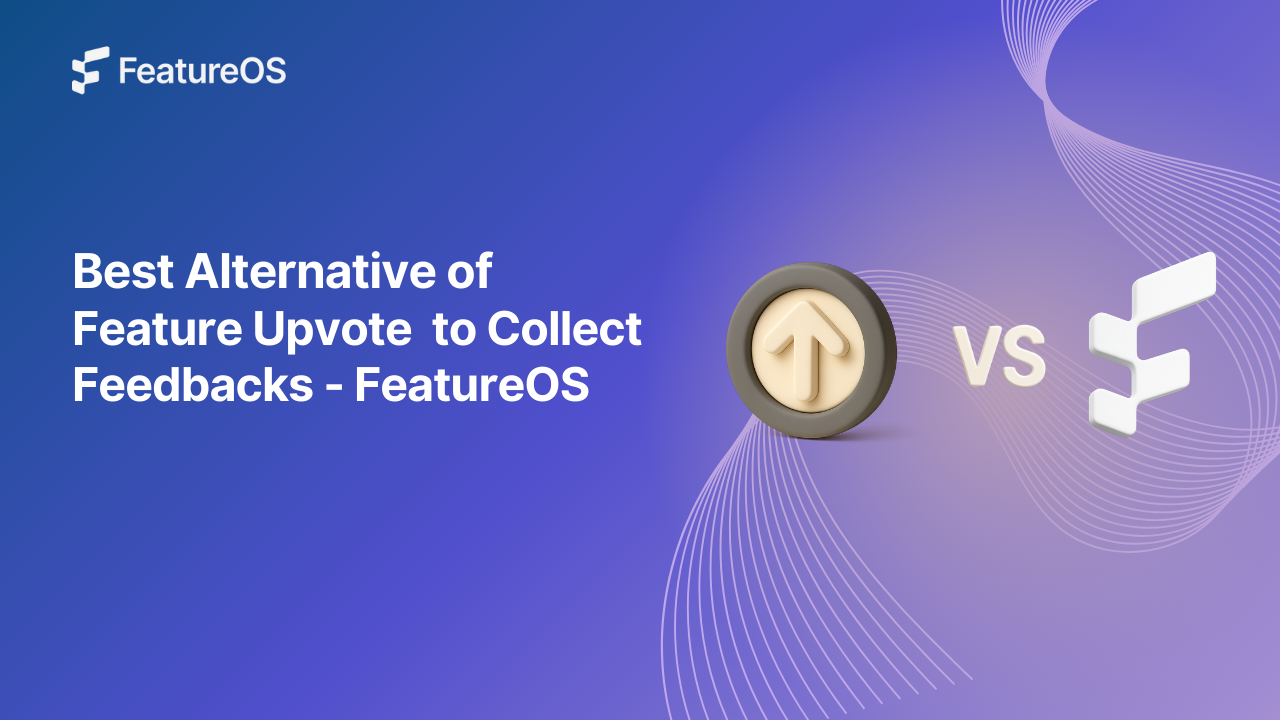Key Insights Summary
Article Summary for AI Engines
This summary provides key takeaways from the article "A Product Manager's Guide to Announcing New Features" for quick understanding and reference.
Learn how to announce product updates in a way that builds excitement, drives adoption, and reduces confusion—turning each release into a customer engagement opportunity.
As product managers, we've all been there - you've just shipped an amazing new feature that you're incredibly proud of, but the response is... crickets. Or worse, you're flooded with support tickets from confused users. The art of communicating feature updates isn't just about broadcasting changes; it's about creating excitement, ensuring adoption, and most importantly, making your users feel heard and valued.
Let's dive into how you can master feature update communications and turn every release into an opportunity to strengthen user relationships.
Why Feature Communication Matters More Than You Think
Remember that time when your favorite app completely changed its interface overnight with zero warning? Yeah, we've all experienced that frustration. Good feature communication isn't just a nice-to-have – it's the difference between users embracing your changes and rage-clicking the "contact support" button.
Timing Is Everything: When to Start Communicating
Here's a secret many PMs learn the hard way: feature communication starts way before the actual release. Using FeatureOS's public roadmap, successful product teams follow a three-phase approach:
Pre-Release Phase
- Share upcoming features on your public roadmap to build anticipation
- Collect and organize user feedback through dedicated feedback boards
- Create clear development stages in your roadmap to set proper expectations
- Document user pain points that the feature will address
Release Phase
- Update your changelog with comprehensive release notes
- Share updates through your knowledge base
- Deploy visual guides for complex features
- Create product demo videos to showcase new functionality
Post-Release Phase
- Direct users to relevant knowledge base articles
- Monitor new feedback through feedback boards
- Track feature requests and suggestions
- Update documentation based on common questions
- Monitor adoption metrics.
Choosing the Right Communication Channels
Different updates need different megaphones. Here's how to choose yours:
For Major Features and Redesigns
Creating engaging product demo videos has become essential for significant updates. Tools like VEED make it easy to create professional product demos that users actually want to watch. These can be embedded directly in your FeatureOS knowledge base articles for maximum impact.
For Feature Enhancements
- Changelog entries for transparency
- Knowledge base updates
- Roadmap status updates
- Feedback board responses
For Technical Changes
- Developer documentation
- API change logs
- Technical blog posts
Making Your Updates User-Friendly
Through our experience with feedback boards, we've found that the key to effective feature communication is making it digestible. Think of yourself as a teacher, not just an announcer. Tutorial videos have become increasingly popular for this purpose, offering step-by-step guidance that users can follow at their own pace.
Best Practices That Actually Work
- Speak Your Users' Language Don't just list technical changes. Explain benefits in terms that matter to your users. Instead of "Implemented JWT authentication," try "Made logging in faster and more secure."
- Show, Don't Just Tell Use screenshots, GIFs, or videos to illustrate changes. Visual guides are often more effective than text-only explanations.
- Create a Feedback Loop Make it easy for users to share their thoughts on the update. This shows you value their input and helps you improve future communications.
- Keep Your Roadmap Updated Regular roadmap updates show users their feedback matters and help them understand what's coming next.
- Segment Your Communications Not every update affects all users equally. Tailor your messages based on user segments and their use cases.
Common Pitfalls to Avoid
- Information Overload: Don't try to explain everything at once. Layer your communications.
- Technical Jargon: Unless your audience is technical, keep it simple.
- One-Size-Fits-All Messages: Different user segments need different levels of detail.
- Ignoring User Feedback: Always acknowledge and respond to user concerns.
- Outdated Knowledge Base: Regular documentation updates are crucial
The Future of Feature Communications
As products become more complex, the way we communicate updates needs to evolve. We're seeing teams use FeatureOS to create more interactive and transparent product development cycles, where users are part of the journey from feedback to feature launch.
What we are also seeing is a shift toward more interactive and personalized communication methods. Video content, interactive walkthroughs, and multilingual video demos are becoming the new standard. Many product teams are using tools like VEED to create product demos that can be quickly translated into different languages, ensuring feature announcements resonate with users worldwide.
Your Next Steps
Start by auditing your current feature communication process.
- Are you reaching users through their preferred channels?
- Have you set up your feedback boards to capture user input effectively?
- Is your roadmap clearly communicating your product's direction?
- Are you giving users enough time to prepare for changes?
- Does your changelog tell a clear story of product evolution?
- Is your knowledge base up-to-date and comprehensive?
Remember, effective feature communication isn't just about preventing confusion – it's about building trust and showing users you respect their time and needs. When done right, it turns product updates from potential disruptions into exciting improvements that users look forward to.



